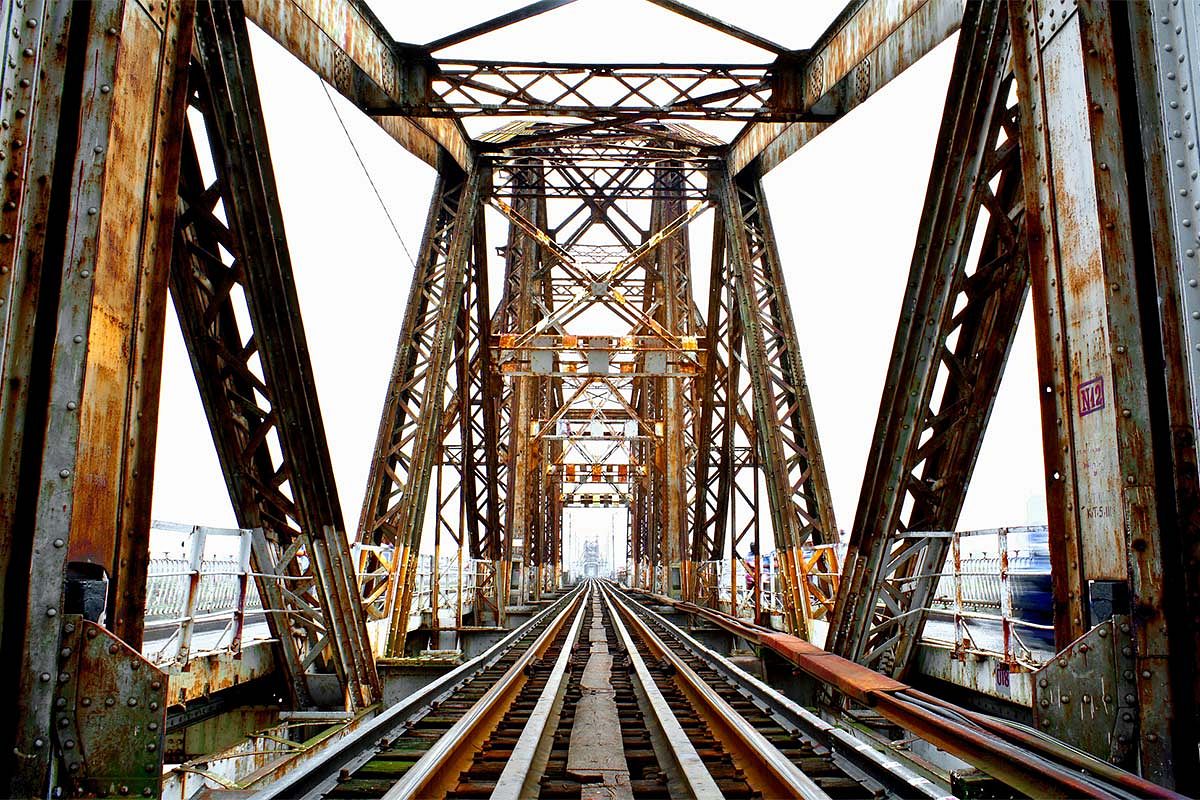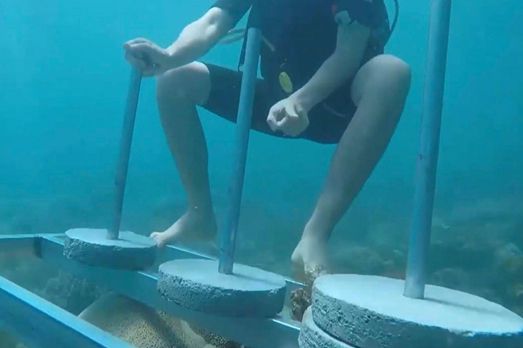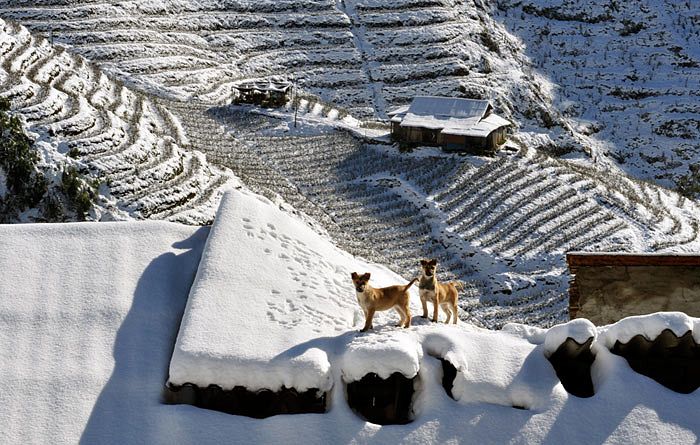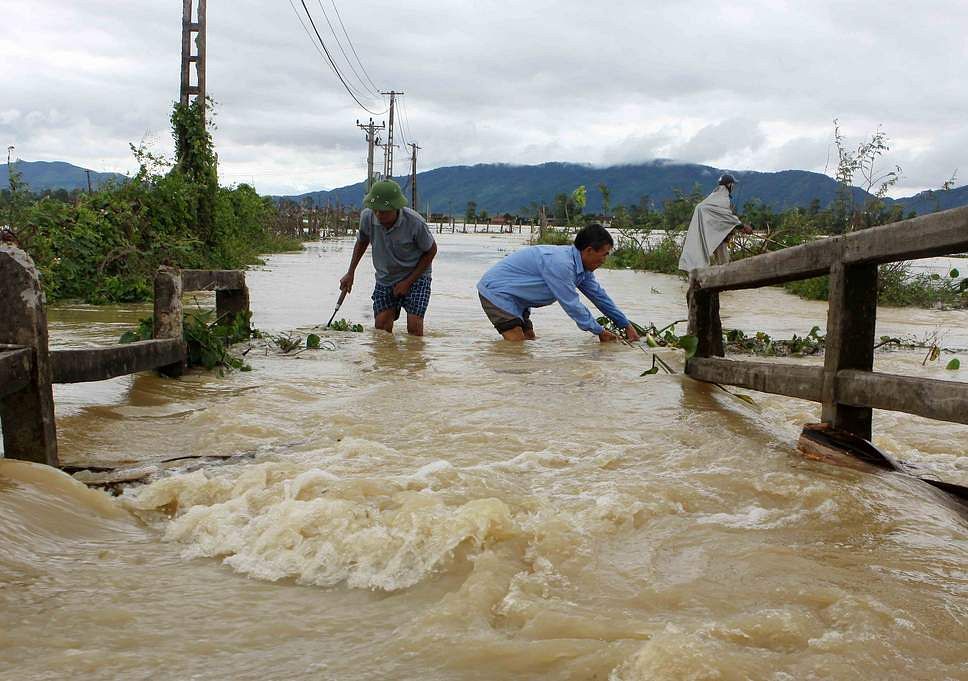Rapid land erosion is destroying homes and devastating cropland at an alarming rate.
The General Department of Disaster Prevention under the Ministry of Agriculture and Rural Development organized a meeting on Monday to outline the severity of the issue to local residents. The officials explained that along a stretch of 768 kilometers, there are 562 erosion locations including 55 described as “critically dangerous,” amounting to 173 kilometers.
The destructive effect of erosion has significantly impacted communities across the region in recent months. On May 21, a landslide dragged five homes into the O Mon River, while threatening 12 others. In Cau Mau, five houses were lost to a river whose bank had eroded while another was lost in Khai Long Hamlet and three houses in Dat Mui disappeared into a river. Additionally, dozens of houses have been evacuated or exhibit significant signs of structural damage.
The effects of erosion in the area are nothing new. Last year, the Tien River, a Mekong tributary, endangered more than 200 homes, causing Dong Thap Province to declare a state of emergency. A week prior, the Vam Nao River in nearby An Giang Province swallowed 16 houses. According to Vietnam's Agriculture Ministry, sea and river erosion consume 500 hectares of land in the Delta every year. Between 2010 and 2015, most areas in the delta sunk between five and 10 cm, which is especially troubling considering it is, on average, less than two meters above sea level.
Officials cite numerous causes for the erosion. Climate change is a major contributor, as is human development as spurred by population growth. Global demand for sand, in particular, is exacerbating the loss of soil as well. Moreover, 144 dams have been built or are being built all along the Mekong, which changes water levels and alters sediment that flows into the Delta. These dams impact erosion as well as the viability of fishing and agriculture industries, to say nothing of ecosystem diversity.
Various government bodies have begun working on measures to address the problem. Last year, the Ministry of Construction submitted a proposal to the central government to build concrete barriers aimed at safeguarding 44,800 families living along riverbanks. Further, the Ministry of Agriculture and Rural Development (MARD) created a comprehensive map of landslides and erosion along riverbanks and coasts in the Delta to assess and monitor the situation. It is part of a VND1.5 trillion (US$66 million) fund set aside to combat urgent cases of erosion in residential areas and infrastructure locations. It is estimated that about 6.99 trillion VND (307.9 million USD) will be required for a comprehensive solution to the problem.
Historically, efforts to contain erosion have been hampered by a lack of awareness by locals regarding the significance of the changes. Further complicating matters, as Joep Janssen, a Dutch urban delta expert explained to Saigoneer, “There are something like 10 ministries, 15 central committees and several research institutes involved in water management, so solutions are arbitrary and fragmented because the money comes from various funds or departments. This makes water management inefficient and too focused on short-term profit.”
The importance of the Delta’s health to Vietnam’s overall future cannot be understated. It is frequently referred to as the nation’s "rice basket" thanks to its incredible agricultural output. By 2050, one million people in the area will be directly affected, according to some estimates.
[Photo by Sim Chi Yin via Nat Geo]














